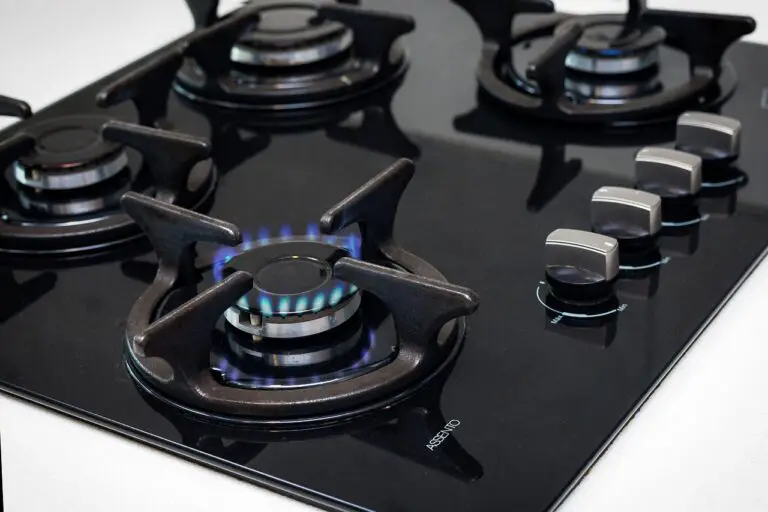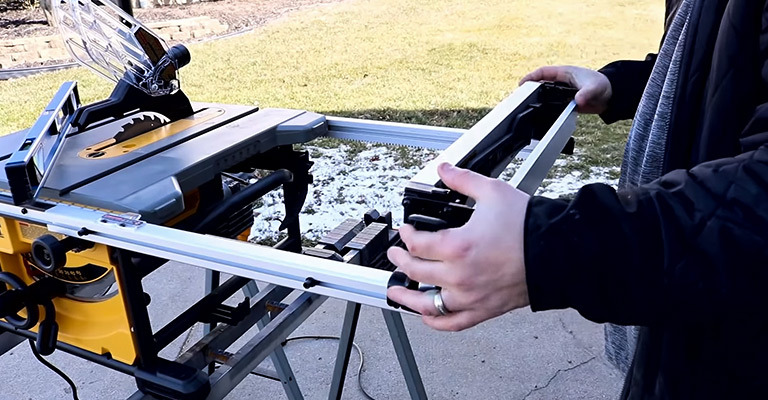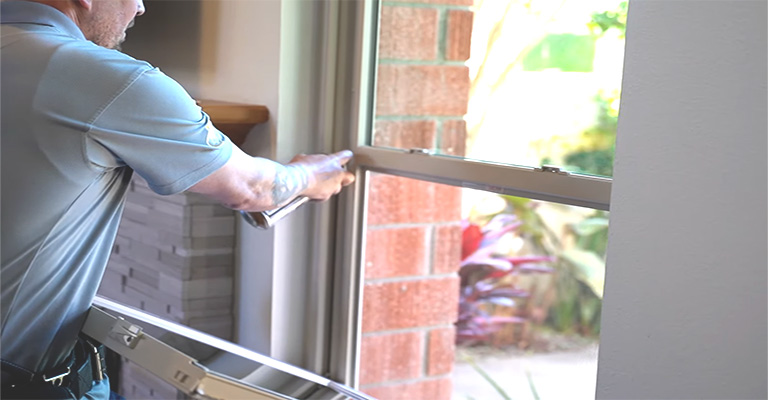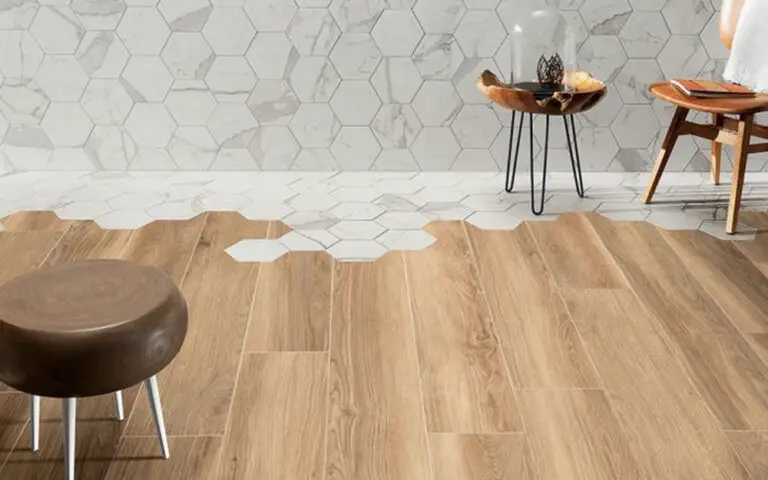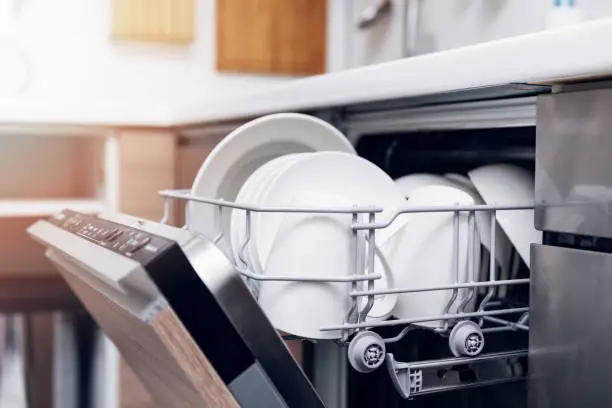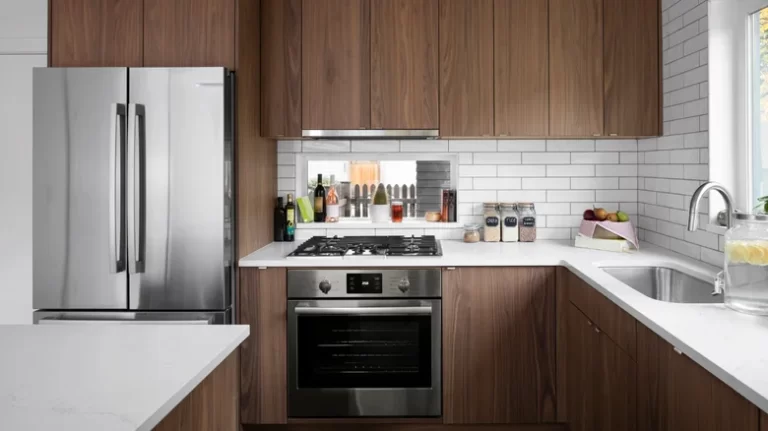Discover the Hidden Beauty and Versatility of Cypress Wood
Cypress wood, a timeless beauty with remarkable durability and versatility, holds an esteemed place in the world of woodworking. Hailing from the majestic Cypress trees, this wood exhibits unique attributes that position it as a go-to choice for various applications, from furniture making to home construction.
Characteristics of Cypress Wood
Derived from trees that grow in the southern United States, cypress wood boasts an alluring grain and lustrous yellowish hue. Its heartwood, the most resilient part of the tree, exhibits a rich, honey-like color that deepens with time, adding a sense of timeless elegance to any space.
But cypress wood isn’t just a feast for the eyes; its impressive durability makes it equally appealing. Resistant to decay and insects, cypress wood ensures longevity, outlasting many other wood types in the face of environmental adversities. This natural resilience stems from the presence of cypressene, a protective oil that shields the wood from various damaging factors.
Cypress Wood in Woodworking and Construction
Thanks to its distinct grain, workability, and resilience, cypress wood is the darling of many carpenters, furniture makers, and home builders. Its ability to withstand high humidity levels and resist warping makes it an ideal choice for outdoor furniture, decking, siding, and even boat construction.
Moreover, cypress wood’s strength-to-weight ratio and stability endear it to builders. It’s a popular choice for structural elements, including beams, posts, and framework, especially in regions prone to harsh weather conditions.
Interior decorators and homeowners love cypress wood for its natural warmth and rustic charm. It adds a sense of sophistication when used for flooring, paneling, doors, window frames, and cabinetry. The wood’s unique grain patterns and shades provide a distinctive aesthetic appeal that can enhance any design scheme.
Maintaining Cypress Wood
Despite its natural toughness, cypress wood, like any other type, requires proper care to maintain its luster and longevity. Applying a finish can provide an extra layer of protection, and regular cleaning helps keep it looking its best. Water-based finishes, oils, or stains can amplify the natural beauty of cypress wood while safeguarding it from wear and tear.
Cypress Wood: An Environmentally Friendly Choice
Another great attribute of cypress wood is its sustainability. Cypress trees grow relatively fast and are often harvested from managed forests, making cypress wood a renewable resource. Choosing this wood for your projects aligns with eco-friendly practices, helping preserve our planet’s natural resources.
Unveiling the Myths Surrounding Cypress Wood
Despite the myriad benefits of cypress wood, certain misconceptions often cloud its true potential. One of the most prevalent myths is that it’s expensive. While cypress wood can be pricier than some common types like pine or oak, its durability and longevity offer an excellent return on investment. Consider it a long-term asset that enhances the value of your property and reduces future maintenance costs.
Another myth is that all cypress wood is the same. However, its characteristics can vary based on factors like the age of the tree, its growth environment, and the specific species of cypress. This variety means you can find cypress wood suitable for a wide array of applications, each bringing its unique charm and benefits.
Cypress Wood vs. Other Woods
When compared with other types of wood, cypress holds its ground admirably. Its resistance to rot and insects makes it superior to many woods used for outdoor applications. For instance, while cedar is also praised for its durability, cypress surpasses it by requiring less maintenance and offering more stability.
In indoor applications, cypress wood competes with popular woods like oak and maple. Its unique aesthetic appeal, combined with its hardness and durability, makes it a strong contender for flooring, furniture, and cabinetry.
Cypress Wood and Climate Considerations
Cypress wood’s inherent resistance to moisture makes it suitable for various climates. In humid areas, it can withstand moisture without warping or swelling—an issue often encountered with many wood types. In regions with extreme temperature changes, cypress wood maintains its integrity, resisting shrinking and cracking.
Future of Cypress Wood
Given its myriad advantages and increasing recognition, the future of cypress wood looks promising. It’s gradually gaining popularity in both traditional and contemporary architectural styles, contributing to sustainable building practices, and promoting a return to natural, durable materials. Its potential in woodworking and construction sectors is vast and still untapped in many respects.
Conclusion
Desirable Wood for Exterior Siding
The world of cypress wood encompasses a diverse range of species, including old growth cypress, swamp cypress, yellow cypress, and bald cypress. Each of these wood species brings its own unique qualities and benefits to the table. Whether you’re considering exterior construction projects or crafting exquisite interior trim, cypress wood offers a desirable option.
When it comes to exterior applications, cypress wood excels. It can be a suitable alternative to western red cedar, offering similar rot resistance and durability. Whether used for exterior furniture, siding, or other outdoor structures, cypress wood’s natural oils and rot resistance make it a top choice. The tight grain and straight, knot-free boards of cypress wood provide both aesthetic appeal and structural integrity.
Red Cypress and Wood Database
While cypress wood is renowned for its suitability in exterior projects, it also shines in interior applications. Its tight grain and smooth texture make it ideal for interior trim, adding a touch of elegance to any space. Additionally, cypress wood’s light weight makes it easier to handle and work with compared to heavier woods like white oak.
Cypress wood stands as a versatile and desirable option for both exterior and interior projects. Its wide range of species, such as old growth cypress, swamp cypress, yellow cypress, and bald cypress, offer different characteristics and appearances. Whether you’re seeking rot-resistant wood, tight grain, knot-free boards, or light weight, cypress wood from the Atlantic coastal plain can fulfill your needs. With its natural oils and remarkable durability, cypress wood remains a reliable choice for a wide array of woodworking applications.

